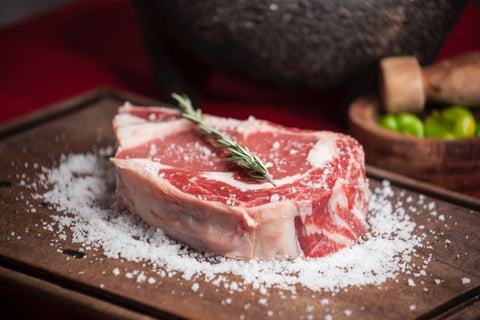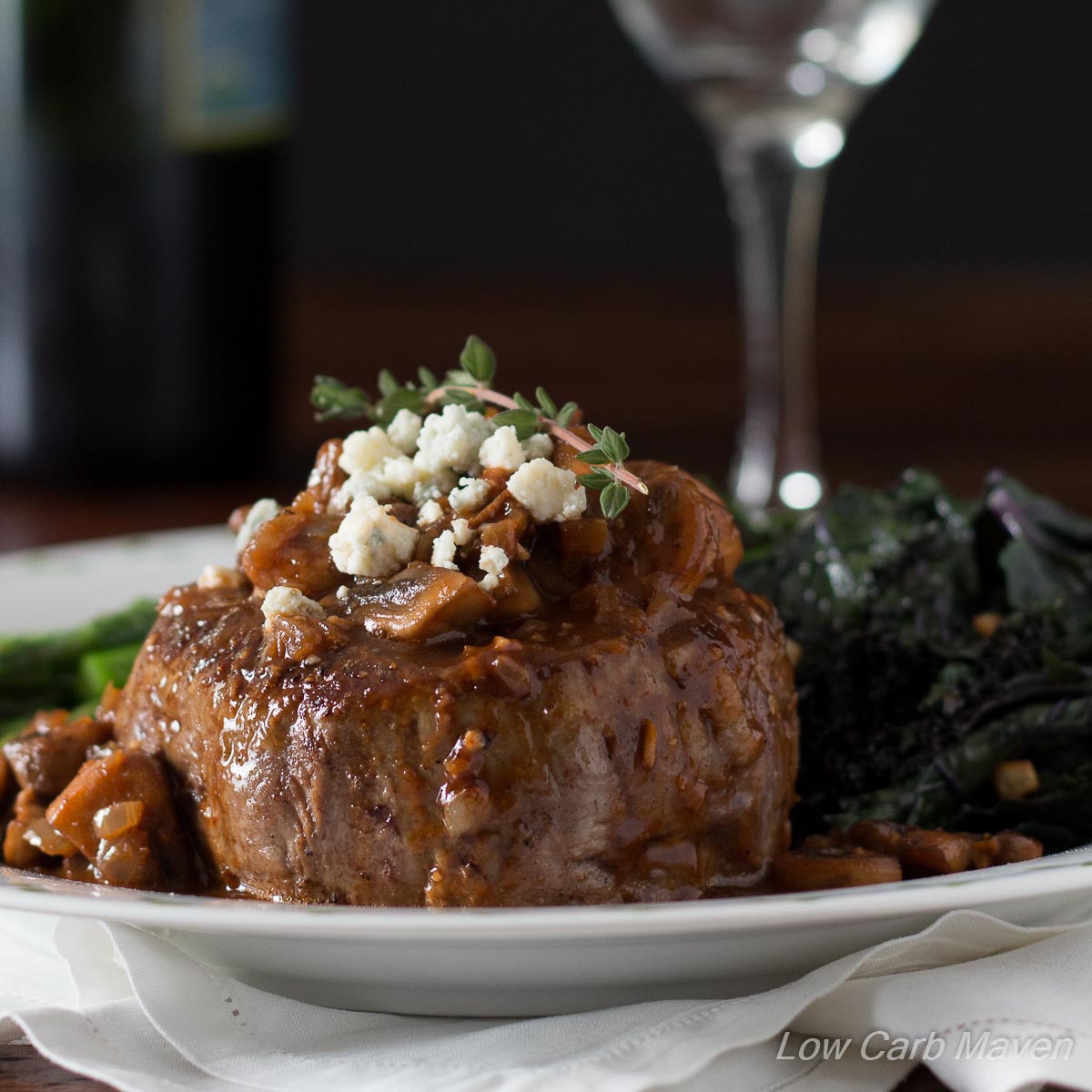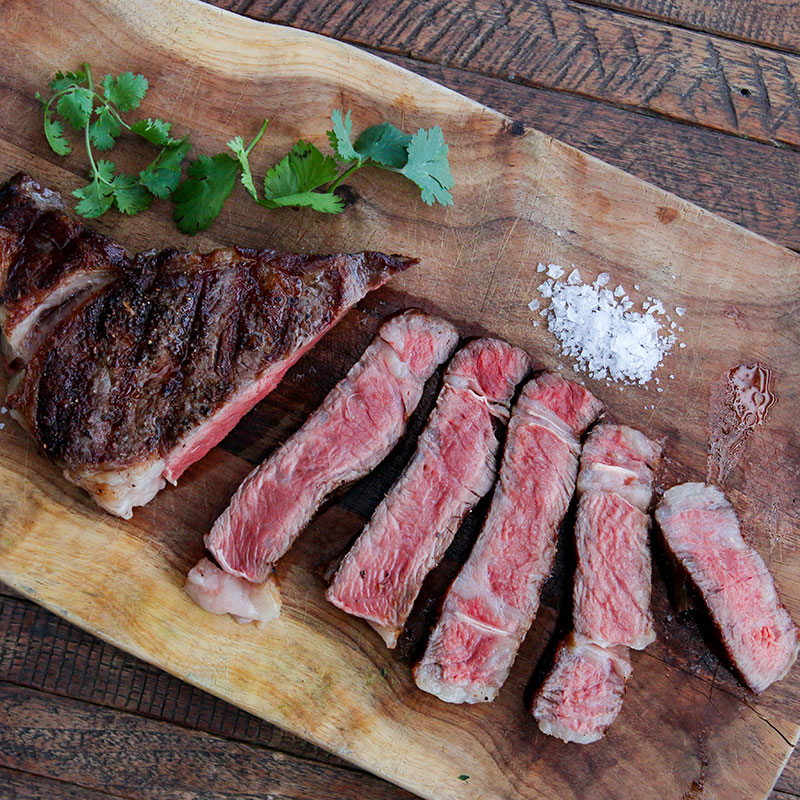
You might wonder how to tell if a steak was cooked properly and whether it is safe to cut. You can use a metal tester to test the meat. Put the skewer in place of the meat. Wait for five seconds. If the meat does not remain cold, it is considered raw. A warm skewer, whether it's lukewarm (or warm), will indicate medium-rare. Hot kebabs skewers are considered well-done.
Touching your steak is the first way to know if it is ready. Put your palm flat against the meat and make an OK signal. Place your forefinger in contact with the meat. If the meat feels firm, it's raw. Medium-rare is defined as meat that feels firm on the skin. To test it, press your middle finger against the meat with your thumb. Next, press your thumb against the top of the meat with your middle finger.

The second step involves feeling the meat with your fingers. The texture of a medium-rare steak should feel similar to a cheek or chin, while a well done steak should feel firm and springy to your touch. Another way to test if a steak is done is to make a fist with your thumb and forefinger. The fleshy part between your thumbs is tender and will remain firm if the meat is properly cooked. The third step is to tighten your fist. A well-done steak will be firm but not too soft.
Next, check the steak using your hands. The inside of a steak is done when it is fully cooked. Medium-rare steaks are those that have been cooked to 150°F. To test the internal temperature of your steak, place the tip of your finger on the meat. You can do this by placing a piece of newspaper on top of your steak and pressing it against the grain.
The third step involves using a meat thermometer. This method is the most reliable and it is especially useful for hard steaks. A meat thermometer must be firm and with very little tension. A well-done steak should be dark red in color. Depending upon your taste, you may also use it as a way to gauge how rare a steak is. The tips listed above will help you tell when a beef has reached its end.

The lowest internal temperature of a steak is 120 degrees Fahrenheit. The temperature at which the steak is cooked is 120 degrees Fahrenheit. Gray-brown steaks will have charred blackening and be well-done. It's safe to consume if it is cooked at this temperature. Those who prefer medium-rare cuts should be cautious when cooking them.
FAQ
What are the benefits of using a slow cooker?
Slow cookers allow you to make delicious meals with minimal effort. Slow cooker recipes are more healthy than traditional dishes because they use less oil. In addition, slow cooker recipes are convenient because they take care of themselves while you sleep.
What is the cost to study culinary arts?
There are many factors that influence the cost of learning culinary arts. A four-year degree in culinary arts typically costs around $40,000. A two year associate's degree might cost less than $5,000. The tuition rate you choose depends on the program. The tuition rates for private institutions are usually higher than those of public universities.
How Long Does It Take to Be a Chef? What is the average career path in this field?
Five years is required to become a professional chef. This time you'll learn the basics of cooking and work as a cook assistant. After you've completed your training you can apply to be a line cook or sous chef. The average salary for a chef ranges from $25,000 to $60,000 per year.
Statistics
- On average, chefs earn $58,740 a year, according to the BLS. - learnhowtobecome.org
- You'll be amazed that over 90% of CIA students receive scholarships and grants to finish their culinary studies. (ischoolconnect.com)
- under 10 Kids have been taught that there is special food just for them, and Fiese says that 10 percent of kids will throw a tantrum if they don't get the food they want. (washingtonpost.com)
External Links
How To
How to make a perfect omelet
Omelets is one of my favourite breakfast foods. But how do you create them perfectly? Many different recipes and methods have failed to work for me. I have some tips and tricks to help you make delicious, fluffy omelets every single morning.
It is important to know that eggs can be temperamental when making omelets. It is important that eggs are fresh from an organic market and kept cool until used. You must keep them cool enough to allow the whites to form properly and the yolks to become too runny if they're not kept at the right temperature. This will make your omelets appear strangely colored. If you plan to cook the eggs right away, it is best to use room temperature eggs.
You might also try separating the egg before adding to the pan. The yolk and white should not be mixed together as this can cause the omelet's curdle.
The egg can burn if it is placed directly on the stovetop. Instead, place the egg in the microwave for 10 second before you put it in the skillet. The microwave heat will cook the egg just right without making it too hot.
Next, let us talk about how to mix the eggs. When you mix eggs together, you want to beat them well. Turn the bowl upside down and grab the whisk to do this. Then shake the bowl vigorously. The egg will be thoroughly mixed in the bowl as the air is whipped.
Now it's time to have fun: pour the milk into the mixture. The first step is to pour half of the milk in the beaten eggs. Next, fold the eggs into the remaining milk. Don't worry if there are still streaks of egg visible; these streaks will disappear once you flip the omelet.
After folding the eggs fold the pan onto medium heat. When the oil starts to hot, wait for the pan to cook. Add 1/4 cup butter to the oil and swirl it around to coat all sides of the pan. Now carefully crack open the lid of the pan and sprinkle salt into the pan. A pinch of salt will prevent your omelet from sticking in the pan.
Once the omelet has formed completely, cover the pan and let it set for a few minutes. Use a spatula to flip the omelet or turn the pan upside-down. Cook the other half for another minute. Serve immediately after removing the omelet from its pan.
This recipe works best using whole milk. Skimmed milk is also possible.